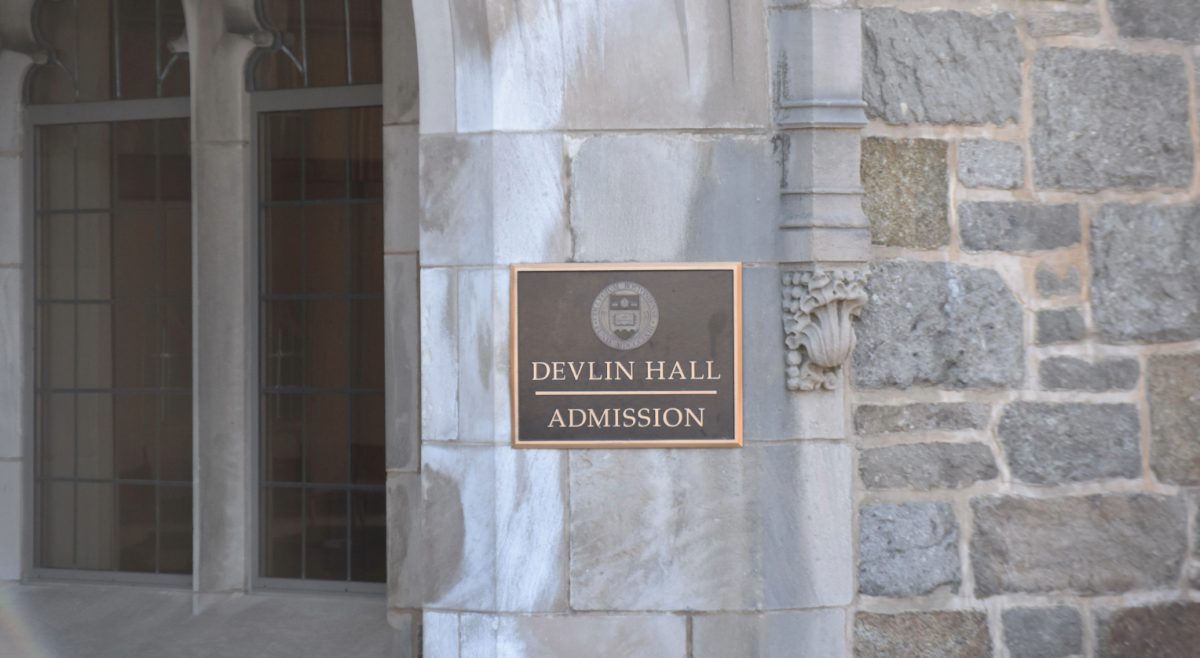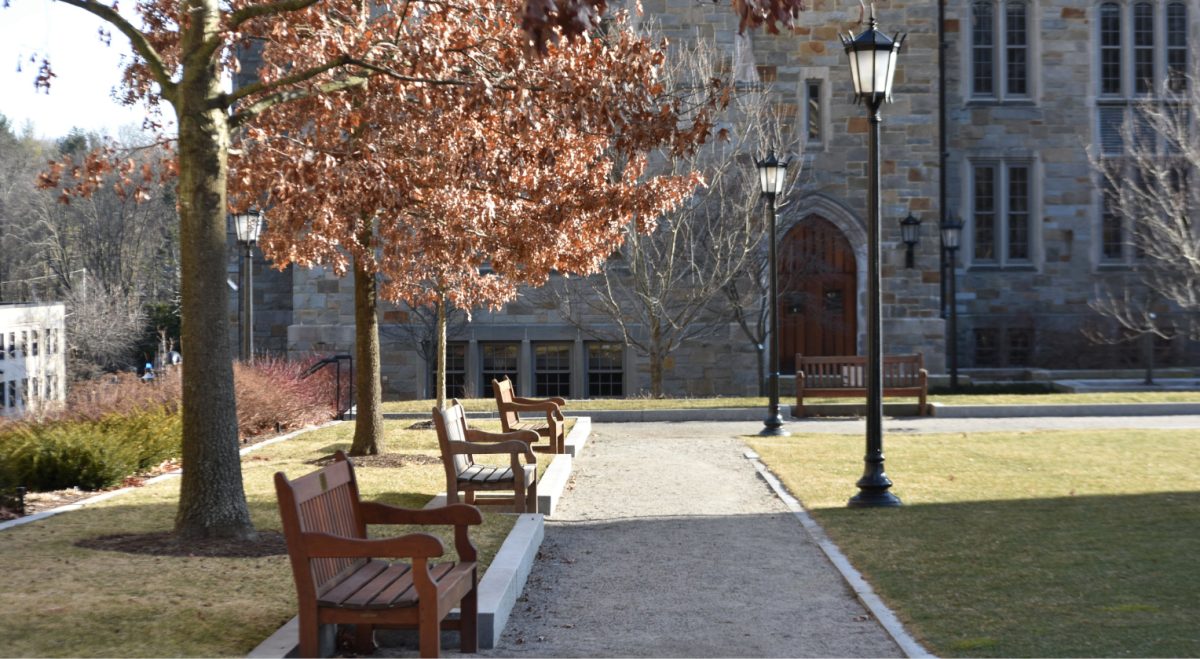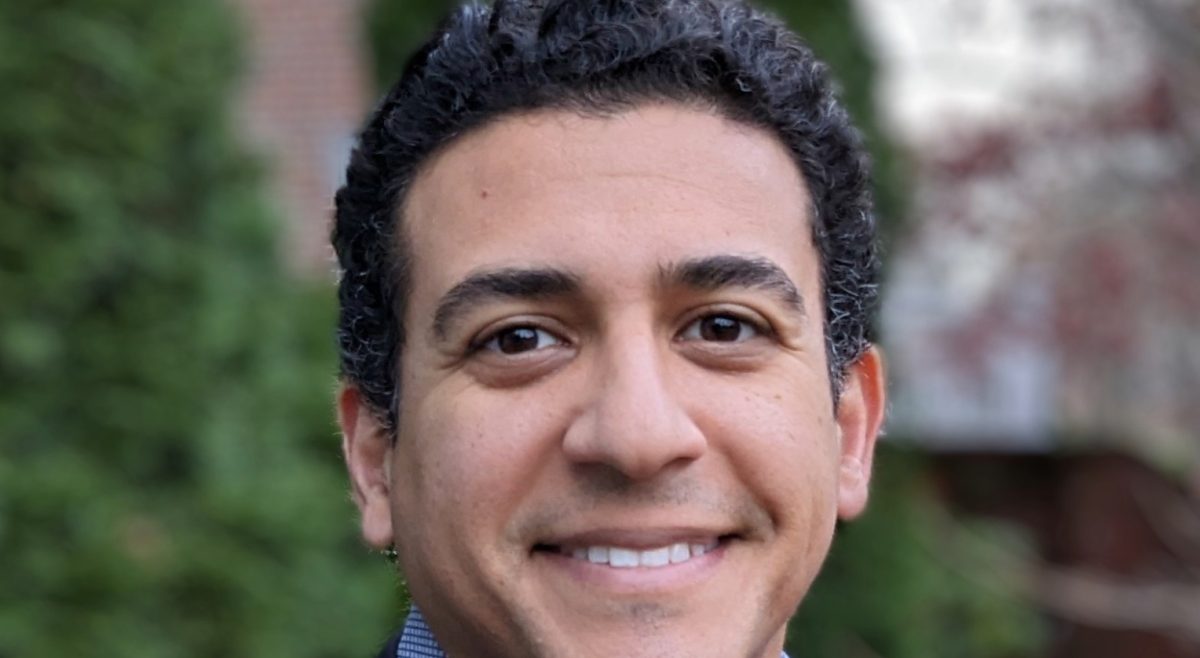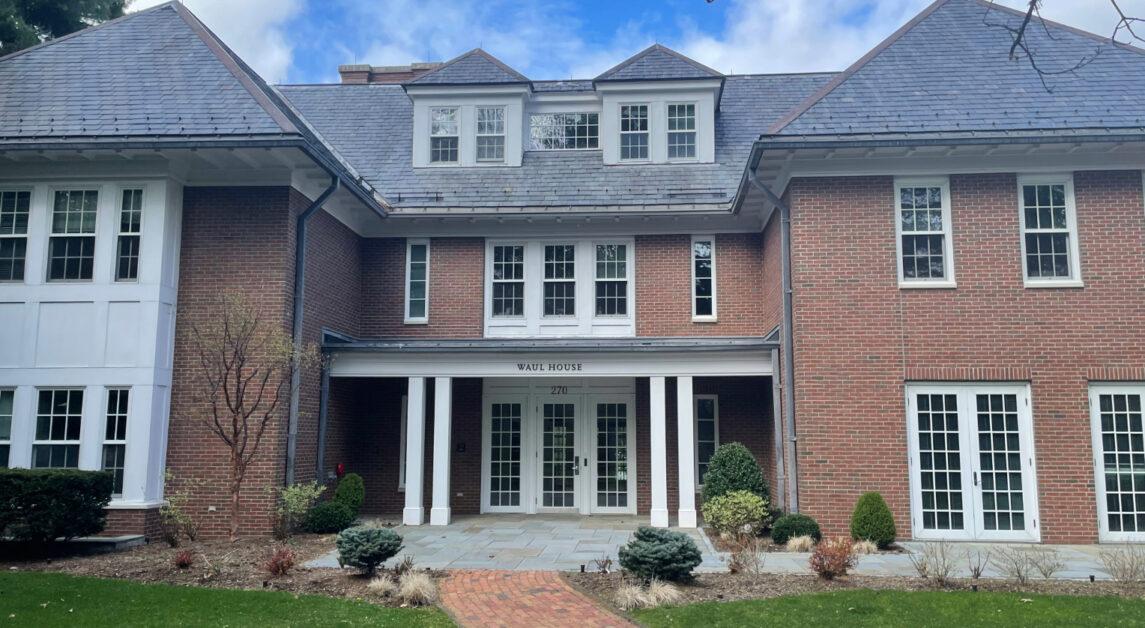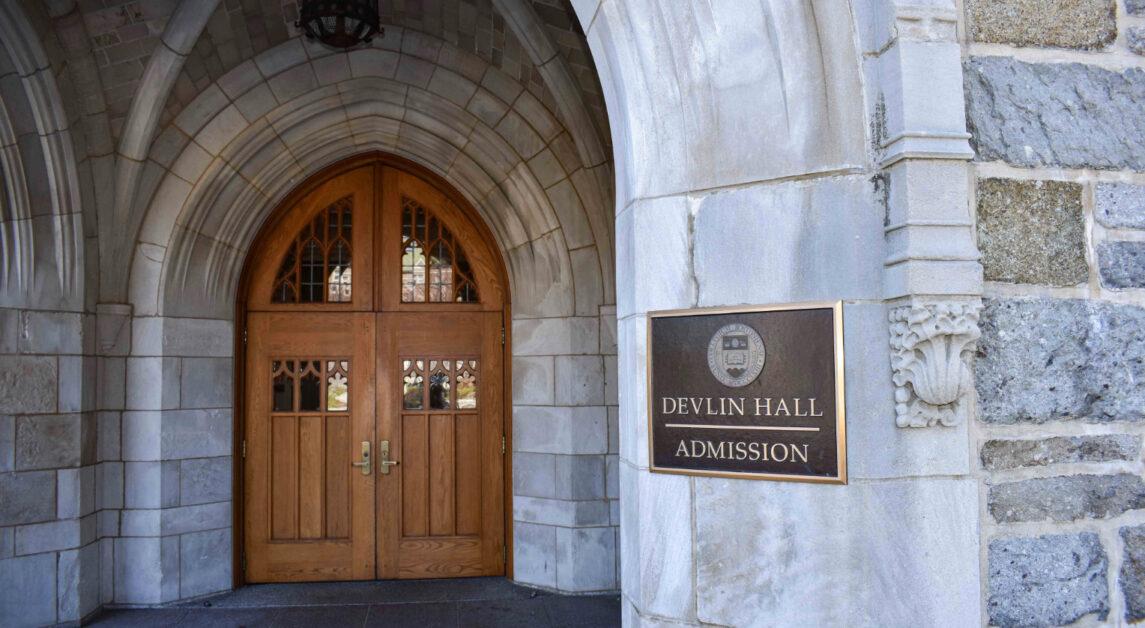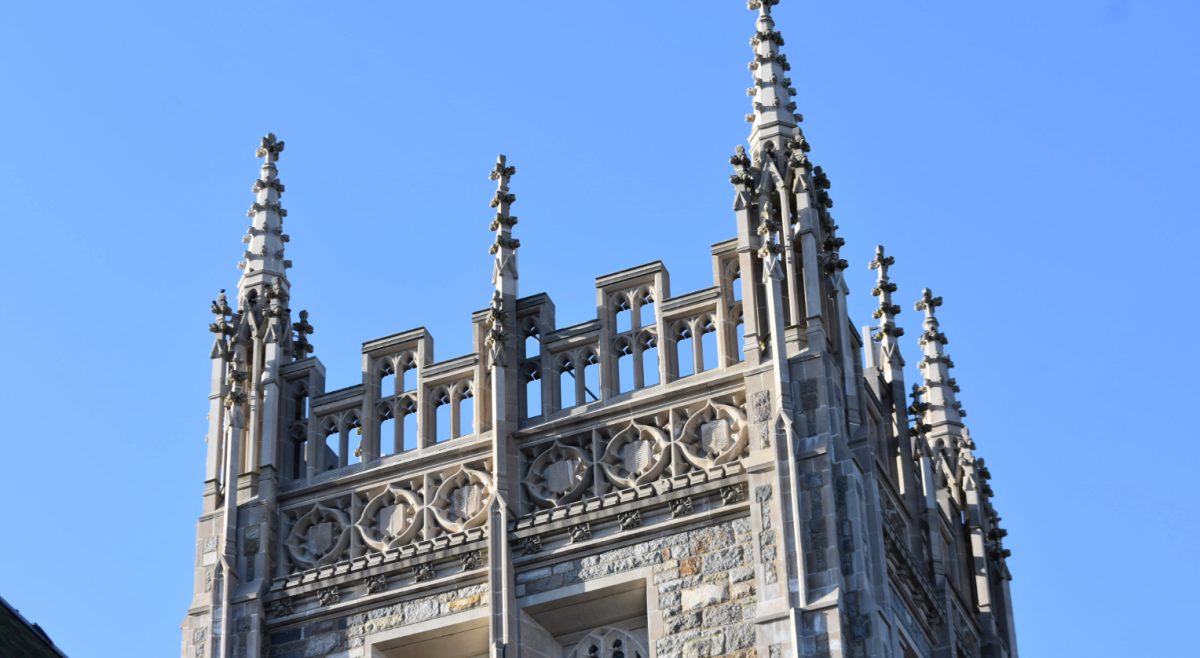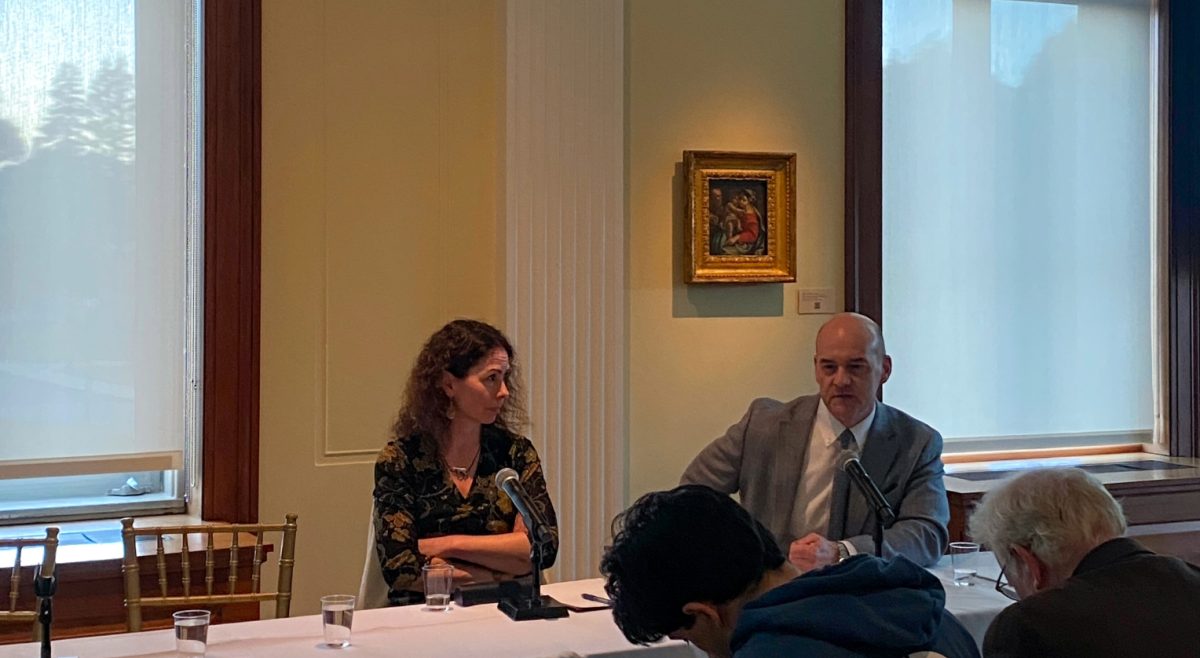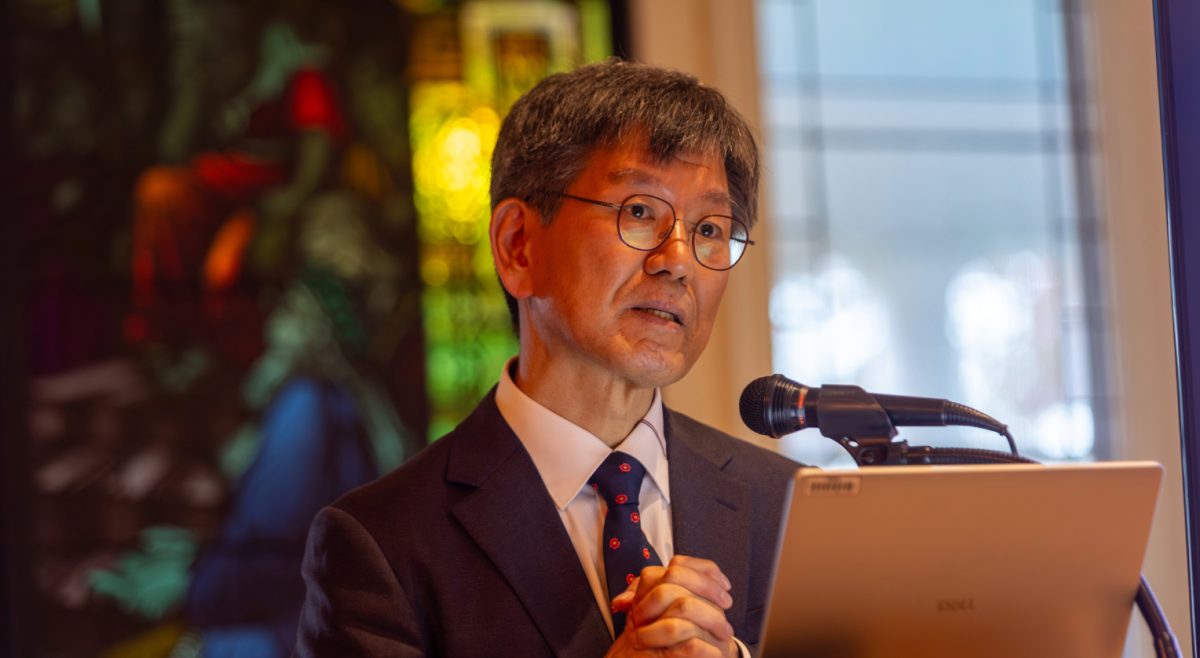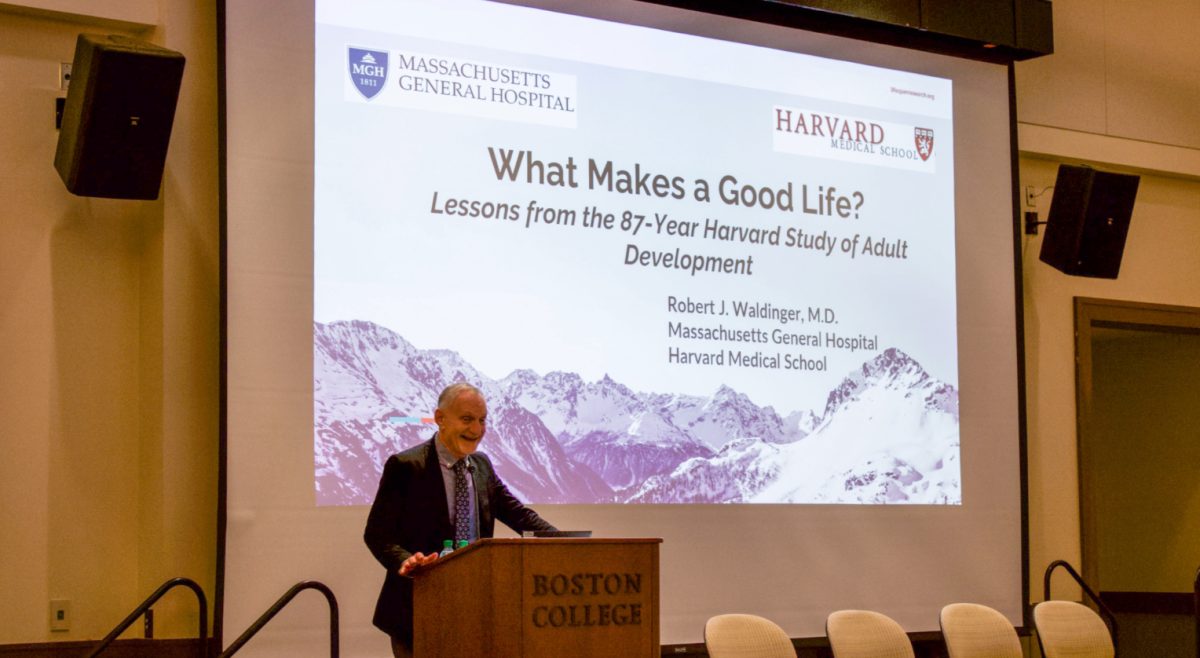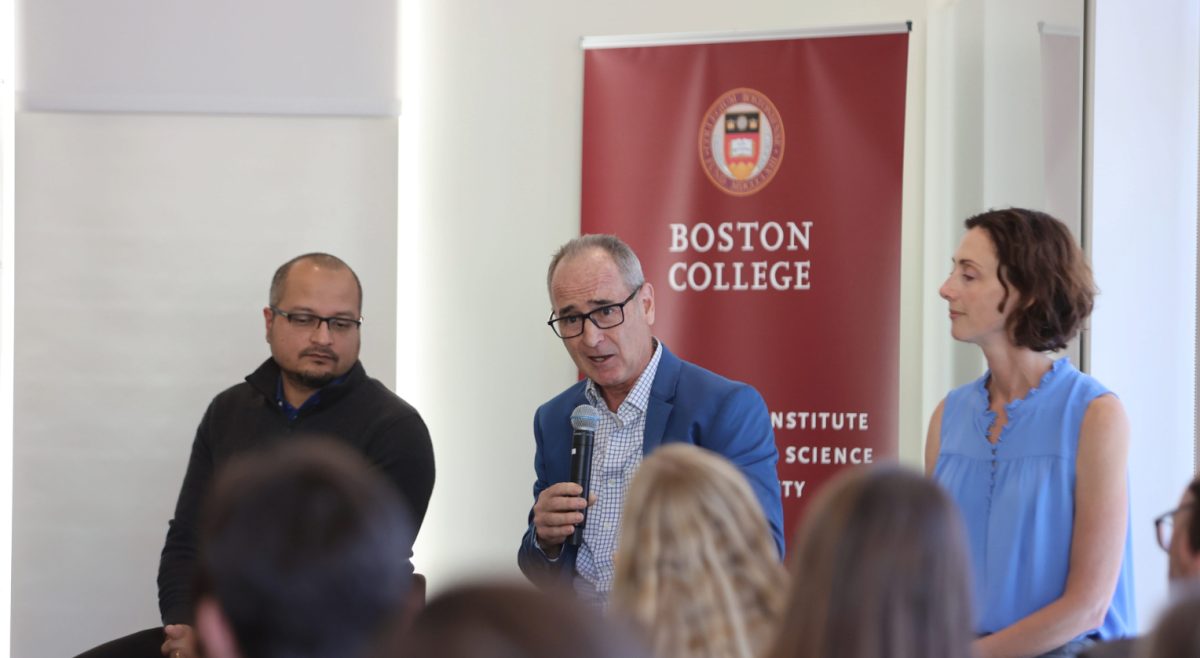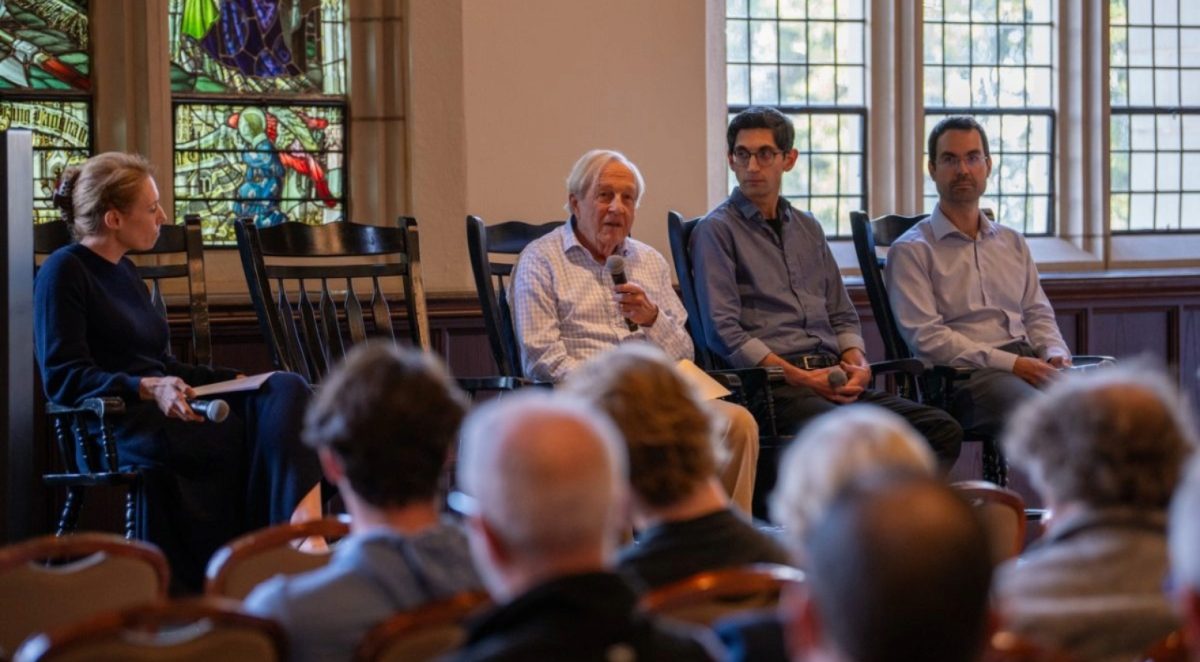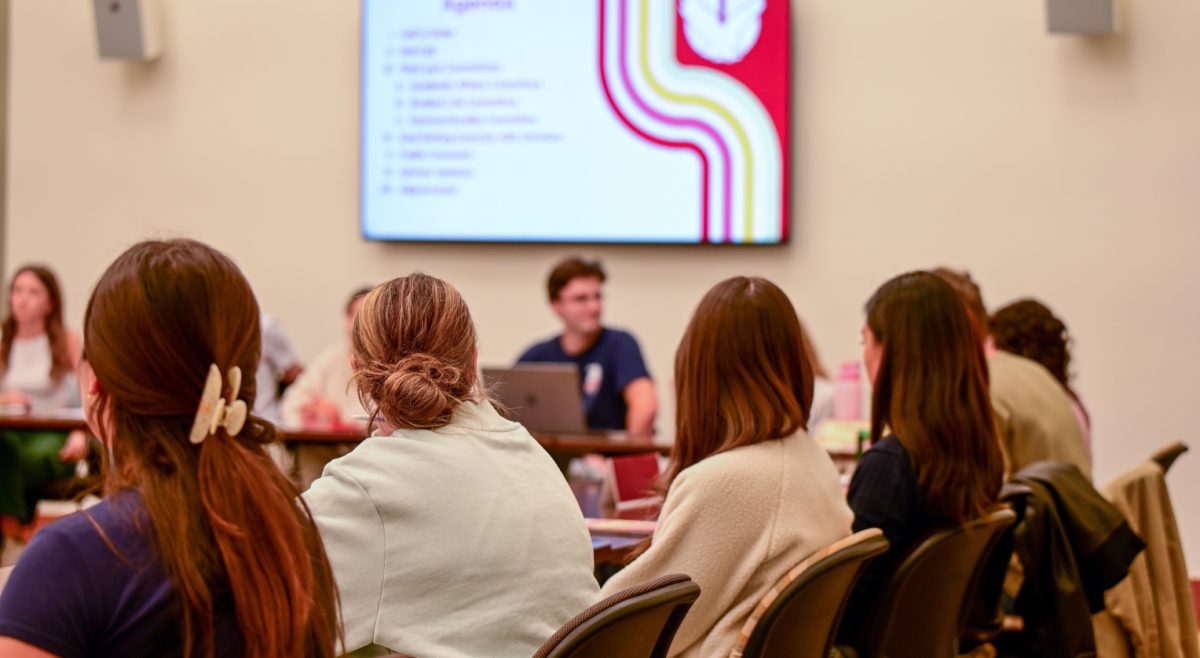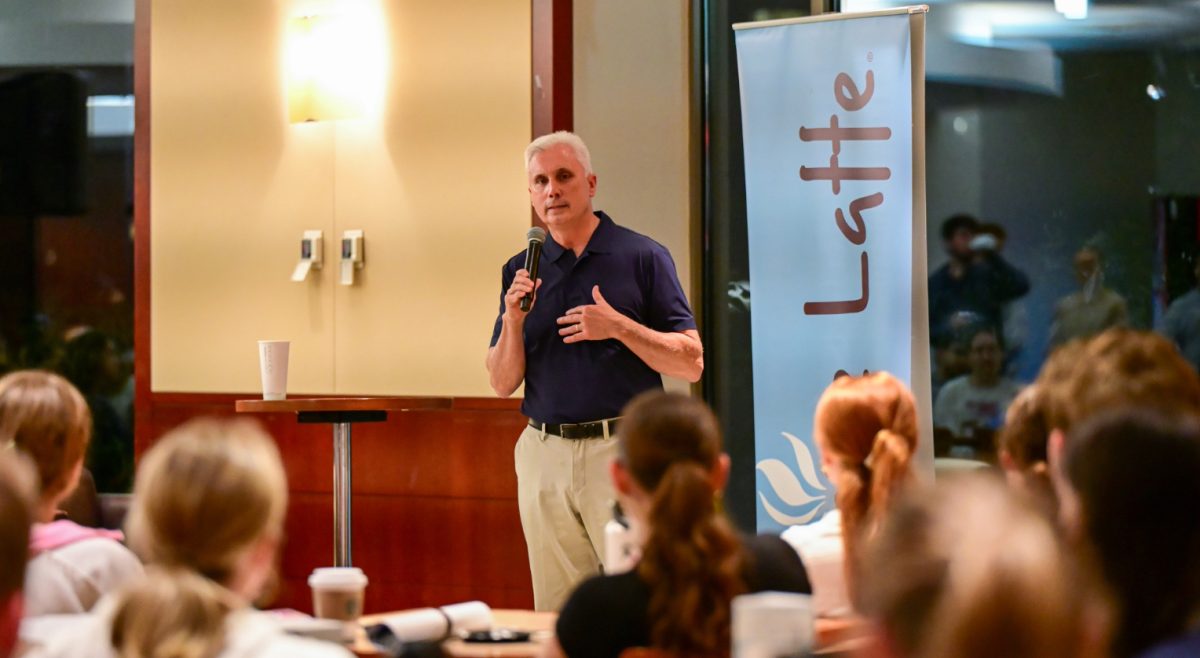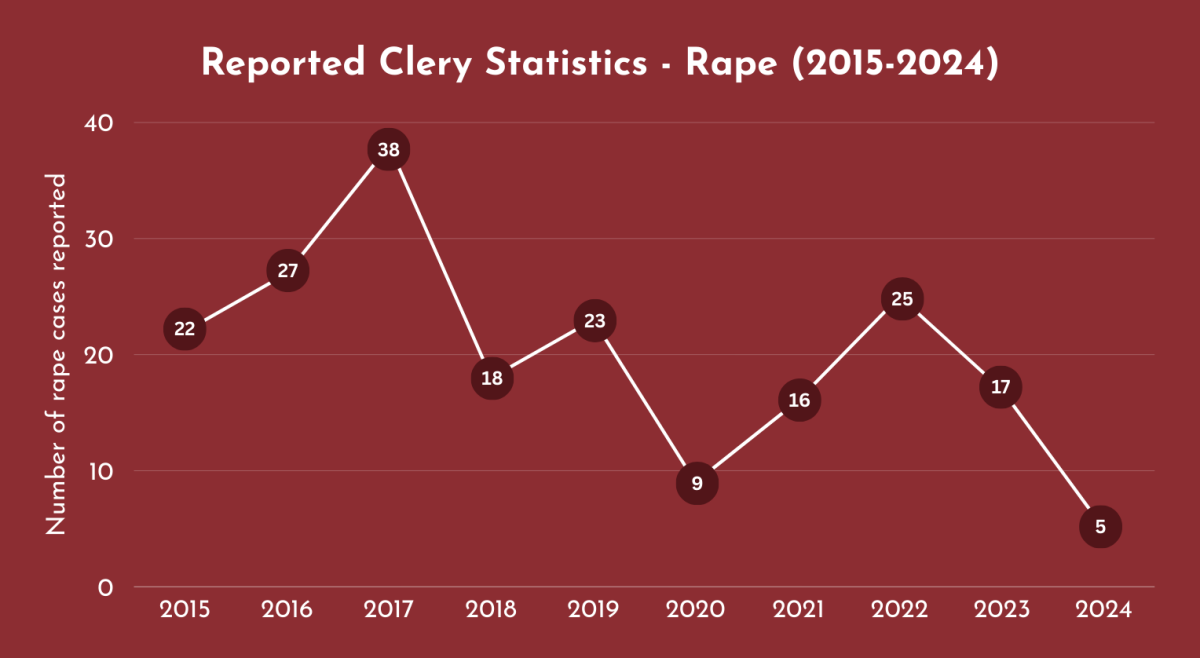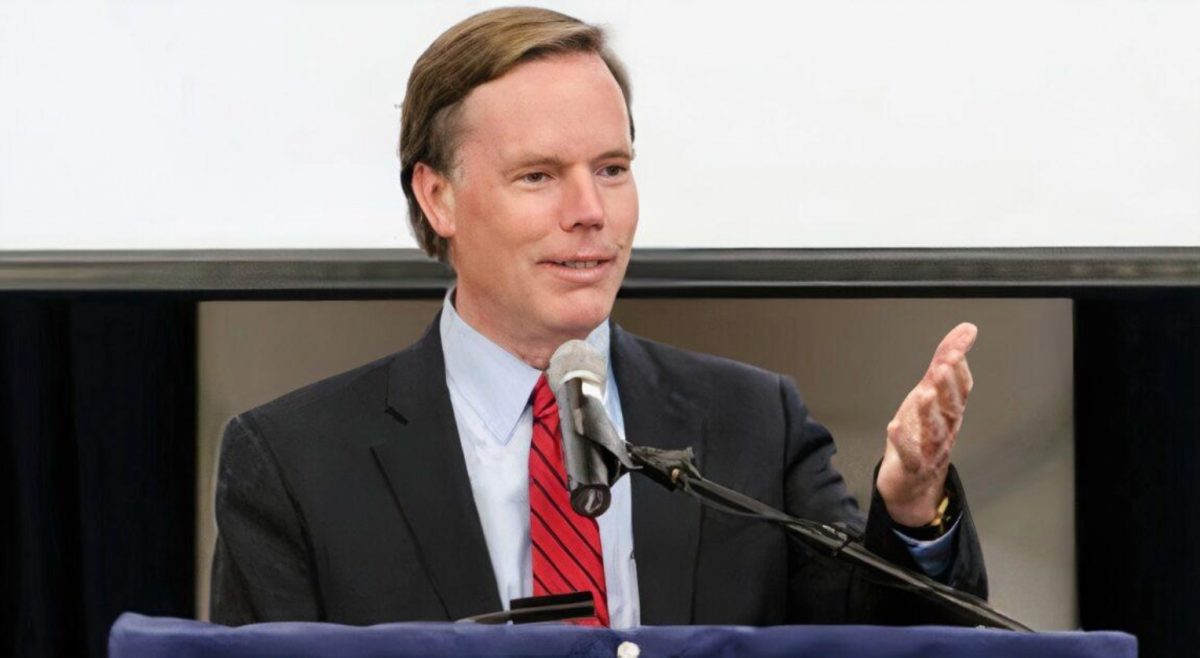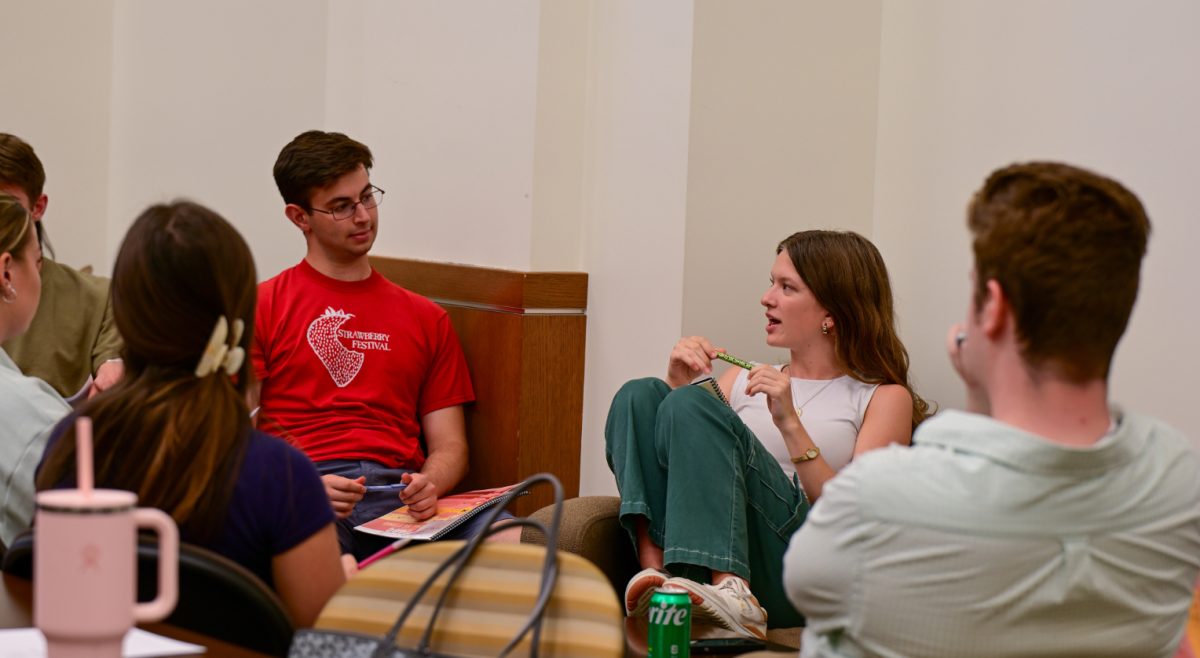This story is the second in a series about hiring and retaining faculty at Boston College.
In searching for faculty to hire for tenure-track positions, Boston College administrators must balance short-term student demands with long-term commitments. Sometimes a major spikes in popularity, necessitating the need for more faculty members, only to fall significantly in demand shortly after. Tackling that problem is an inherent balancing act.
In recent years, certain majors offered at Boston College have become significantly more popular. From 2008 to 2017, the number of students enrolled in majors such as computer science, international studies, economics, and political science has grown dramatically, as demonstrated via the most recent statistics available through the BC Fact Book.
The University has sought to hire faculty to meet the increased student demand in these areas. In aggregate, since the launching of the 2007 strategic plan, BC’s faculty size has expanded from 679 to 833. But more often than not, it is still challenging for individual departments to adapt to the changing academic composition of the student body.
Part of this is due to the nature of the market for high-powered faculty. It is a competitive space, with multiple institutions vying for the same candidates. In addition, due to the involved nature of search committees, many departments cannot expect to field interviews for more than two or three positions per year.
“Generally, even if the departments say, ‘I need five more faculty,’ the truth is that even if you told them, ‘Ok, go, find five faculty,’ they’re going to say, ‘Woah, we can’t interview 15 people in a year,’” said Vice Provost for Faculties Billy Soo. “In a year, if you can hire two, that’s a great year,” he said.
Soo explained that economics is one area of the University, among others, that would benefit from adding more faculty. The total number of students majoring in economics has increased by over 500 the past 10 years, a 67 percent increase. Economics minors have fluctuated between 46 and 92 students during the same period. Even though the department has added ten faculty over this stretch, in addition to numerous teaching assistants and part-time faculty, recruiting is still a perennial challenge.

Graphic by Nicole Chan / Heights Editor
“What they’re facing, and what I’ve discovered in the last few years, as I’ve mentioned, is that the kind of faculty that they are giving offers to are also being recruited by Johns Hopkins and Harvard Kennedy—it’s just hard to compete,” Soo said.
Robert Murphy, assistant chair of the economics department, echoed that point.
“We’ve had years where we’re searching for positions that we’d like to fill, and we have lots of good candidates, and we make offers to those candidates, but they may have other options. And so we end up not filling the slot,” Murphy said.
Given that departments such as economics, political science, and computer science—all of which are currently dealing with unprecedented student demand—aim to hire the highest-quality faculty and that talent acquisition is often a departmental effort, the process can become time-consuming.
“If you’re trying to bring in three or four people in a year, you’re probably moving down toward the middle level,” Soo said. “Whereas if you’re saying ‘I’m going to hire one or two of the best people,’ well, you’ve got a lot of choices there. So you have to sort of manage these things, you can’t just say ‘Go fill five people.’”
If departments are unable to find a faculty member to fill a desired slot, they would rather leave it open for the remainder of that year and relaunch the search to find the right fit the following year.
“It’s probably a good way to operate, because you want to make sure that you are getting high-quality faculty, and so it’s generally been the case that two-thirds of the time we’re able to hire someone when we’re doing a search, and the other times it doesn’t work out, and so next year we look again,” Murphy said.
Hideo Konishi, chair of the economics department, said that the department brought in 14 candidates, made seven offers, and hired three (one is still pending) in their recruitment efforts this year.
“The problem is we lost two people, one retired, and one person, actually two people are leaving,” Konishi said. “So what is going to happen is that we will have 39, or if we are lucky 40, faculty members next year. This is an increase by one or two, after making this much effort.”
Another force that counteracts the University’s efforts to hire more faculty members is the departure of faculty, either due to family reasons or being hired by a higher-ranked institution. But Soo estimated that BC probably loses fewer than five faculty per year for the latter reason.
“There’s a widely quoted saying by the Provost and by other people, and that is that we are sort of competing at a weight class above what we’re in,” Soo said. “But the schools we’re competing with are really schools that are above us, that have bigger endowments and therefore more resources, to certainly try to pirate our faculty and compete in terms of hiring faculty.”
However, Soo sees BC’s Jesuit, Catholic identity as a strength that helps with recruitment efforts, even if a candidate might have a better offer from a more highly ranked institution.
“Now, having said all of that, the bottom line is that some faculty will expect more resources. We try to match those within limits. But sometimes they get an offer that they cannot refuse.”
Even if a department were able to rapidly expand, there is a risk that student preferences could fluctuate, spiking and then dropping. The University wants to be sure that changes in student preferences reflect a permanent shift before they significantly expand the faculty.
Soo expressed that BC tries to “patch up” this situation with solutions designed to bridge both long- and short-term needs. Some more immediate solutions that he mentioned included increasing the number of visiting and part-time faculty while the University continues to hire more full-time positions. For example, the computer science department had three visiting faculty members last year, and political science had two, filling in the gap that tenured-track faculty traditionally do, according to Soo.
“Turnover is just very slow, and it’s really double-edged,” he said. “On the one hand, you don’t want to have faculty leave, unless it’s a situation where it’s not just working out. But at the same time, you have to be careful in bringing in new faculty, because once you commit to them, they could be here 30, 40 years.”
Featured Image by Nicole Chan / Heights Editor


